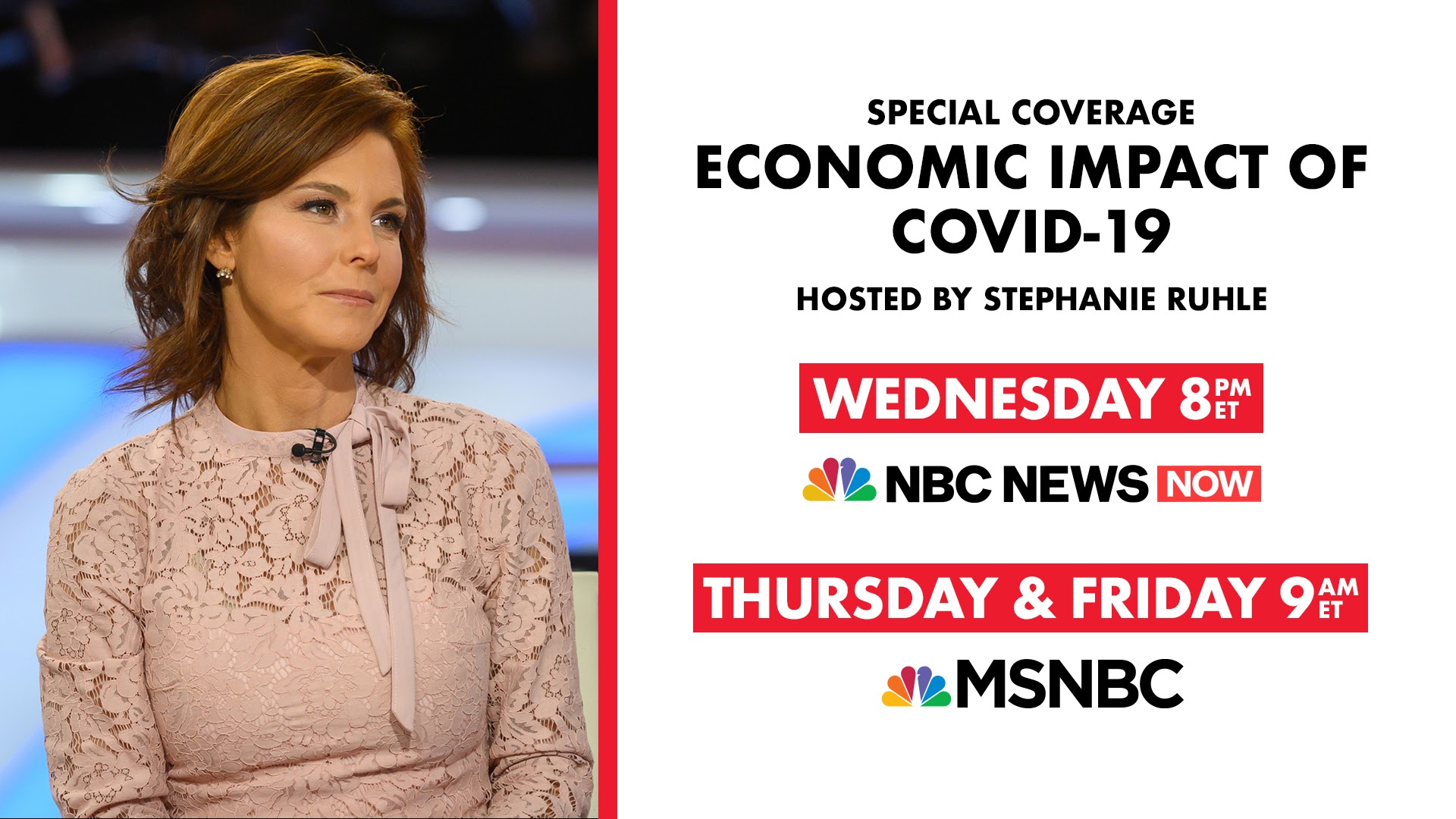The Poynter Report is our daily media newsletter. To have it delivered to your inbox Monday-Friday, click here.
The best and worst of The Times
The New York Times came out with its quarterly report on Wednesday.
Wait, don’t skip this. I know what you might be thinking: Quarterly reports are boring. And, I’ll give you that. Most of the time, they are a bore because they generate little or no news. But this particular quarterly report was full of news.
Some of it good. Some of it bad. All of it interesting.
Let’s start with the good news. The Times has surpassed 6 million total (print and digital) subscriptions. SIX million. That’s a remarkable number. In a day and age when many newspapers are just trying to get to six figures, to break 6 million is a momentous achievement.
The Times reached that magic number after netting an incredible 587,000 new digital subscribers in the first quarter of 2020. Most (468,000) were for the news product and the rest (119,000) were for other digital products such as crosswords, games and cooking.
Don’t skim over that quarterly number either: 587,000. It might be true that many subscribers sign up at special first-time rates. But even if they were signing up at discounted prices, the equivalent of full subscriptions would still be a whopping number. The growth appears to be a reaction to people seeking out information about the coronavirus. In March alone, the Times had 2.5 billion pageviews — almost twice what it sees in a normal month.
Now for the sobering news. Like pretty much everywhere else, the coronavirus has drastically cut into the Times’ advertising revenue.
The Times reports overall ad revenue of $106.1 million — a drop of more than 15% from the previous quarter. Print ad revenue was down nearly 21% and digital ad revenue was down nearly 8%. And the really troublesome prediction: In a statement, Times president and CEO Mark Thompson said ad revenue could fall by as much as 55% in the second quarter. That’s a drastic decrease.
“Nonetheless,” Thompson said, “we believe that the company will emerge from this global crisis with a distinctive and valuable advertising revenue stream to complement a digital news subscription business, which is now by far the largest and most successful in the world.”
So what does it all mean?
The Times is unlike any other media outlet, so what’s going on there really can’t be compared to what’s going on anywhere else, especially in local shops around the country. The Times is not immune to the advertising trouble that is hitting everyone, but it might be the only outlet that can survive advertising woes because of its enormous digital subscription numbers.
All in all, that business of it being the “FAILING New York Times?” That’s simply not true.
The truth is essential
In other major New York Times news on Wednesday, the news organization came out with a powerful new ad campaign built on the idea that the truth is essential when it comes to the coronavirus.
Although President Donald Trump is never mentioned, it clearly was produced to stand up against many of the false statements Trump has made over the past couple of months.
As an example, the ad — composed of nothing more than white sentences in front of a black screen with music and the sound of typing — says things such as “it’s not just a bad flu” and “bleach is not a cure” and “it won’t just disappear.” Click here to see the ad.
Give the Times credit: Aside from being a sensational news outlet, they certainly know how to produce strong ads.
The first story the Times printed about a mysterious “pneumonia-like illness” in China appeared on Jan. 6. Since then, the Times has published several thousand stories from 1,100 journalists in more than 20 countries.
One more note on the Times …
Just to catch up on news reported earlier this week: Times executives have told the New York office staff that they likely won’t be able to return to work in the newsroom until Sept. 8, the day after Labor Day.
Another presser

White House press secretary Kayleigh McEnany departs after a briefing at the White House on Wednesday. (AP Photo/Alex Brandon)
New White House press secretary Kayleigh McEnany held her second official press briefing Wednesday. It lasted just under 30 minutes and ended with McEnany taking a shot at several news outlets.
You might remember that on Feb. 25 during an appearance on Fox Business, McEnany infamously said, “We will not see diseases like the coronavirus come here, we will not see terrorism come here, and isn’t that refreshing when contrasting it with the awful presidency of President Obama?”
At the end of Wednesday’s press conference, McEnany was asked about that quote and whether she would like to take that back. Clearly waiting for that question at some point, McEnany started flipping through her notebook as the question was being asked. She said she was talking about travel restrictions from China.
But then she said, “I guess I would turn the question back on the media …” as she proceeded to read off past statements she attributed to Vox, The Washington Post, The New York Times and NPR. She concluded by saying, “I’ll leave you with those questions and maybe you’ll have some answers in a few days.” With that, she walked away.
Certainly, McEnany can push back against the media, but that parting shot — reading a bunch of quotes without full context as a response to a ridiculous quote she gave on Fox News — came off as petty.
Speaking of the White House, after reports that President Trump was thinking about disbanding the White House coronavirus task force, he tweeted Wednesday that it will carry on “indefinitely.”
Party lines show a clear divide
CNBC/Change Research conducted a revealing poll last week in Arizona, Florida, Michigan, North Carolina, Pennsylvania and Wisconsin — battleground states that could very well decide the 2020 election. Notice the completely different attitudes about reopening the country based on political persuasion. Democrats aren’t nearly as comfortable as Republicans about returning to the so-called normal way of life.
As of now, here’s the percentage of Republicans who feel the following activities are safe: letting kids return to school (57%), dining at a restaurant (70%), going to a hair or nail salon (77%), going to the workplace (81%), going to the beach (85%) and going shopping (85%).
Here are the Democratic numbers: letting kids return to school (4%), dining at a restaurant (5%), going to a hair or nail salon (9%), going to the workplace (20%), going to the beach (15%) and going shopping (22%).
The money matters
MSNBC and NBC News NOW are airing three days of special coverage on the coronavirus’ impact on the American economy. It started Wednesday night and will continue today and Friday at 9 a.m. Senior business correspondent Stephanie Ruhle will host. Of particular interest is Friday, when the April U.S jobs report is published. (It’s expected to look awful.) Ruhle will be joined by quite a few guests, including Walmart U.S CEO and president John Furner, Sen. Ben Cardin, former Centers for Disease Control and Prevention director Dr. Tom Frieden and MGM Resorts International president Bill Hornbuckle.
In a statement, Ruhle said, “Our goal is to make our viewers better and smarter. This is a critical time to dedicate three days to addressing the reopening of our economy and weathering today’s financial storm.”
This is a good spot to say just how impressive Ruhle’s work has been studying, reporting and analyzing one of the worst economic moments in our history. Her reports and comments have become must-see.
Freedom of the press by the numbers
Pew Research Center has a couple of noteworthy surveys out at the moment.
First, support for freedom of the press has increased since 2015 in many nations, including the United States. The percentage of people who say it is “very important” that the media can cover the news without state/government censorship saw a 13% jump in the U.S. from 67% in 2015 to 80%. However, several countries saw a decline in that belief, including such places as Germany, Italy, Russia and Brazil.
Meanwhile, fewer Americans are now saying the media exaggerated the COVID-19 risks as compared to two months ago. But, again, there is a big gap in the beliefs of Republicans and Democrats.
Overall, less than half (48%) believe the media is exaggerating the risk as compared to 62% in early March. But look at the party numbers. About 68% of Republicans believe the media exaggerated, down from the 76% who felt that way in March. Among Democrats, only 30% think the media is exaggerating, compared to 49% who thought that in March.
Feeding America
The USA Today Network has launched a series highlighting the people on the front lines of America’s food chain. As an example, you can check out Makenzie Huber’s piece on a meat packer from the Smithfield plant in South Dakota who tested positive for COVID-19. Other upcoming stories include a restaurant in Des Moines, Iowa; a dairy farmer in Indiana; nonprofits feeding the hungry; a meatpacking plant in Portland, Oregon; a cattle rancher; and a seafood worker in Seattle.
Media tidbits
- Sinclair Broadcast Group agreed to pay a record $48 million fine to the Federal Communications Commission for Sinclair’s conduct while trying to buy Tribune Media. The FCC claimed Sinclair had not been forthcoming about how it would divest some stations as required by FCC regulations. My Poynter colleague Al Tompkins has more of the details.
- The economic impact of the coronavirus has hit newspapers hard, and now The Boston Globe can be added to the list of papers taking measures to deal with it. According to several reports, including from Boston Business Journal managing editor Don Seiffert, the Globe laid off an unspecified number of employees on Wednesday. Seiffert reported that there were no layoffs in the newsroom.
- Mike Sherman, former sports editor at the Tampa Bay Times and The Oklahoman, is returning to Oklahoma to become executive editor of Oklahoma Watch — a nonprofit that produces in-depth and investigative journalism in the state.
Hot type
- You must check this out: the June issue of National Geographic looks at World War ll — 75 years later.
- The New York Times’ Taffy Brodesser-Akner with “What Happened to Val Kilmer? He’s Just Starting to Figure It Out.”
- Claire McNeill of the Poynter-owned Tampa Bay Times with “Her Senior Year Derailed, a High School Journalist Pushes Toward One Last Deadline.”
Have feedback or a tip? Email Poynter senior media writer Tom Jones at tjones@poynter.org.
More resources for journalists
- Coronavirus Facts Alliance — Poynter and the International Fact-Checking Network
Want to get this briefing in your inbox? Sign up here.









Tom, not coming at this with an agenda: You laud the NY Times ad campaign mentioning “bleach is not a cure.” (Did someone say it was?) Then you chide Kayleigh McEnany for taking headlines and quotes out of context because it’s a “cheap shot.” The latter might be fair enough, but the former isn’t just out of context it’s, well, untrue.